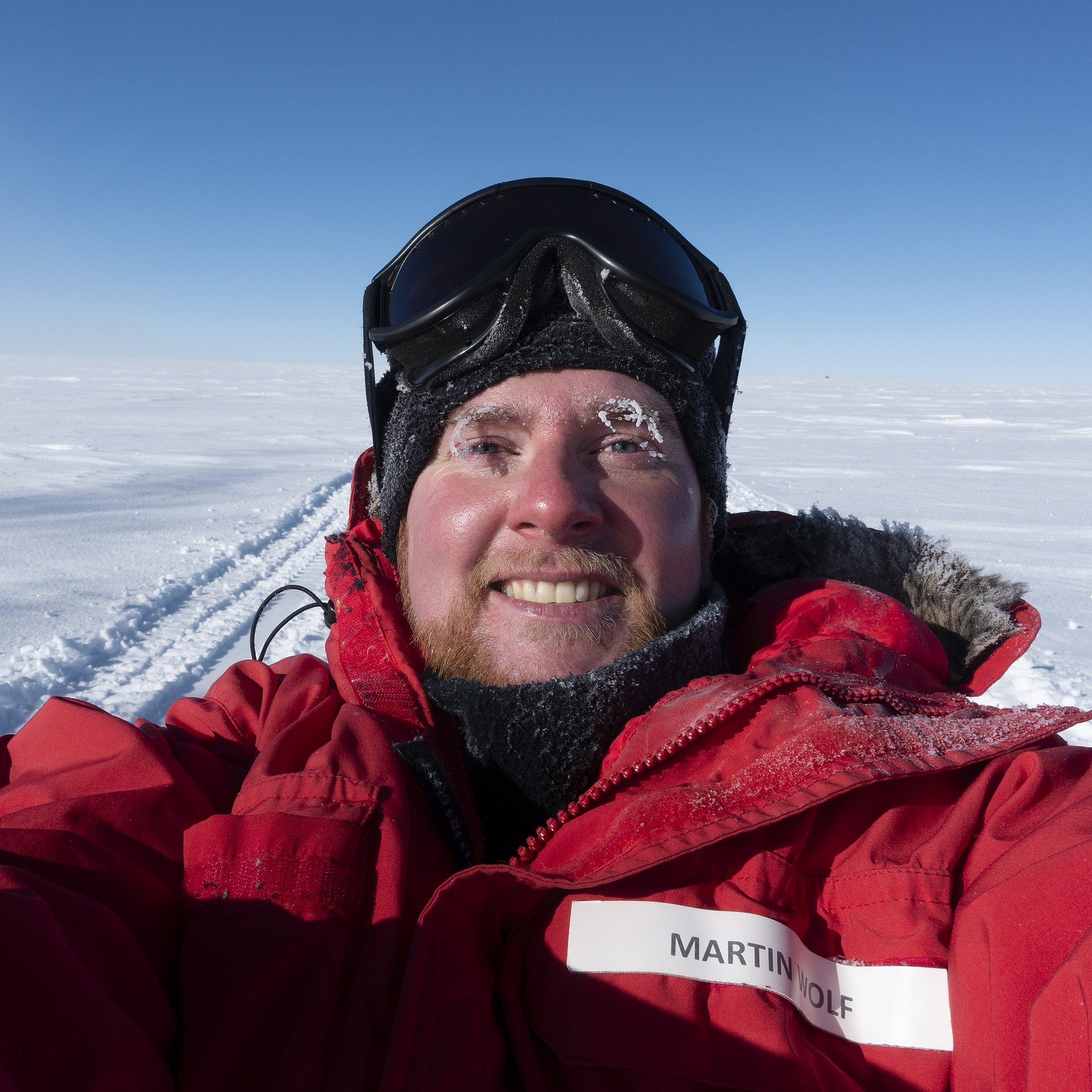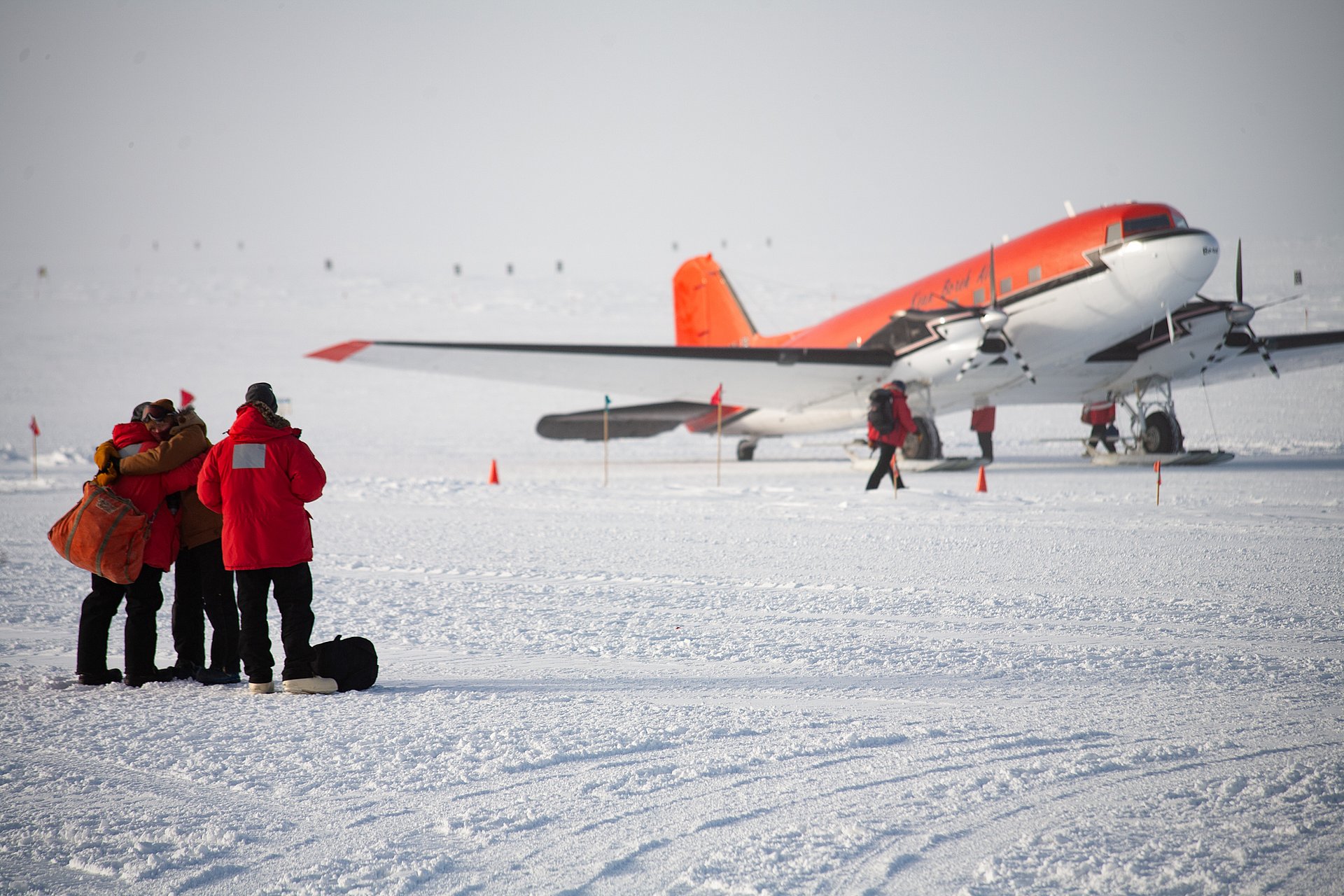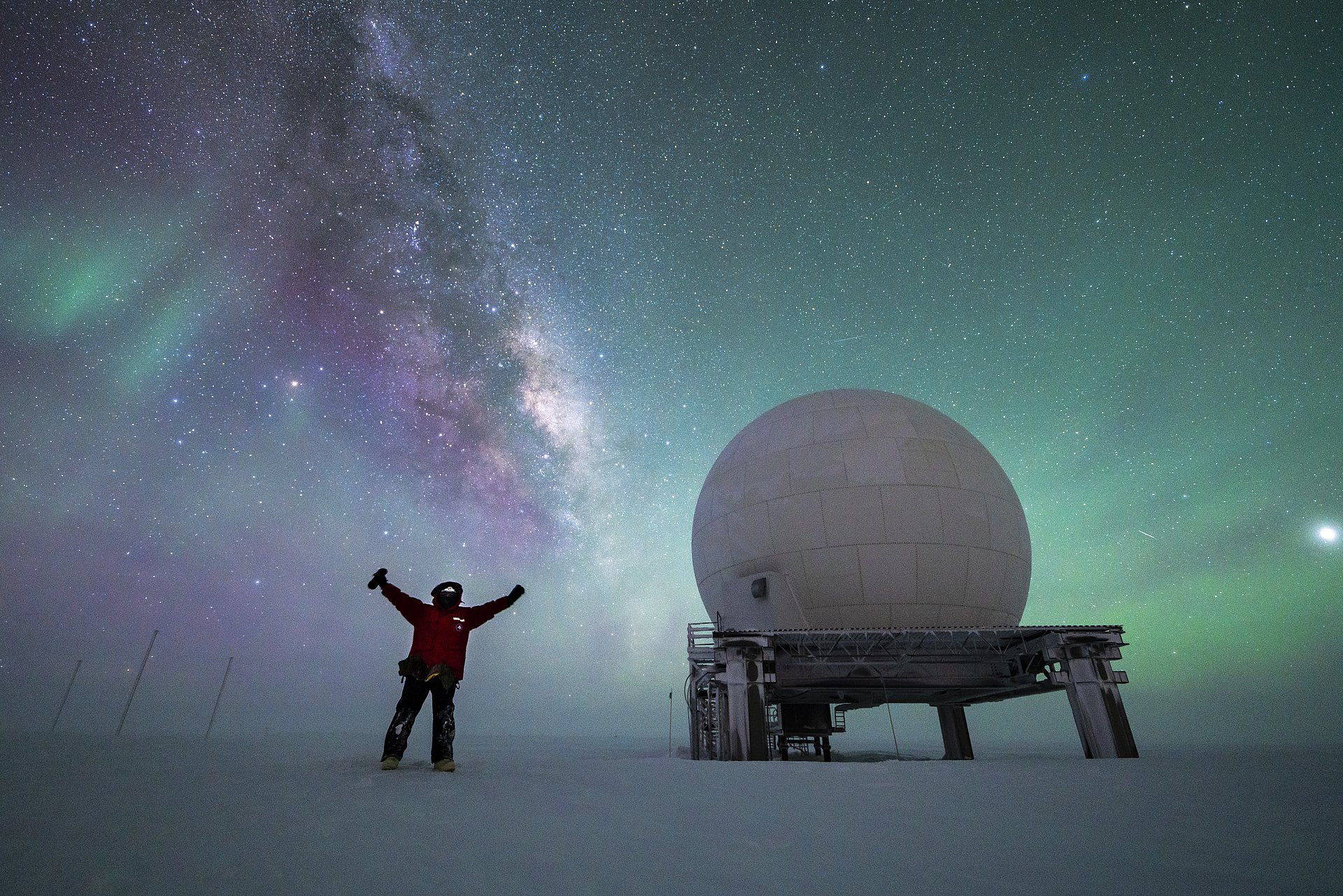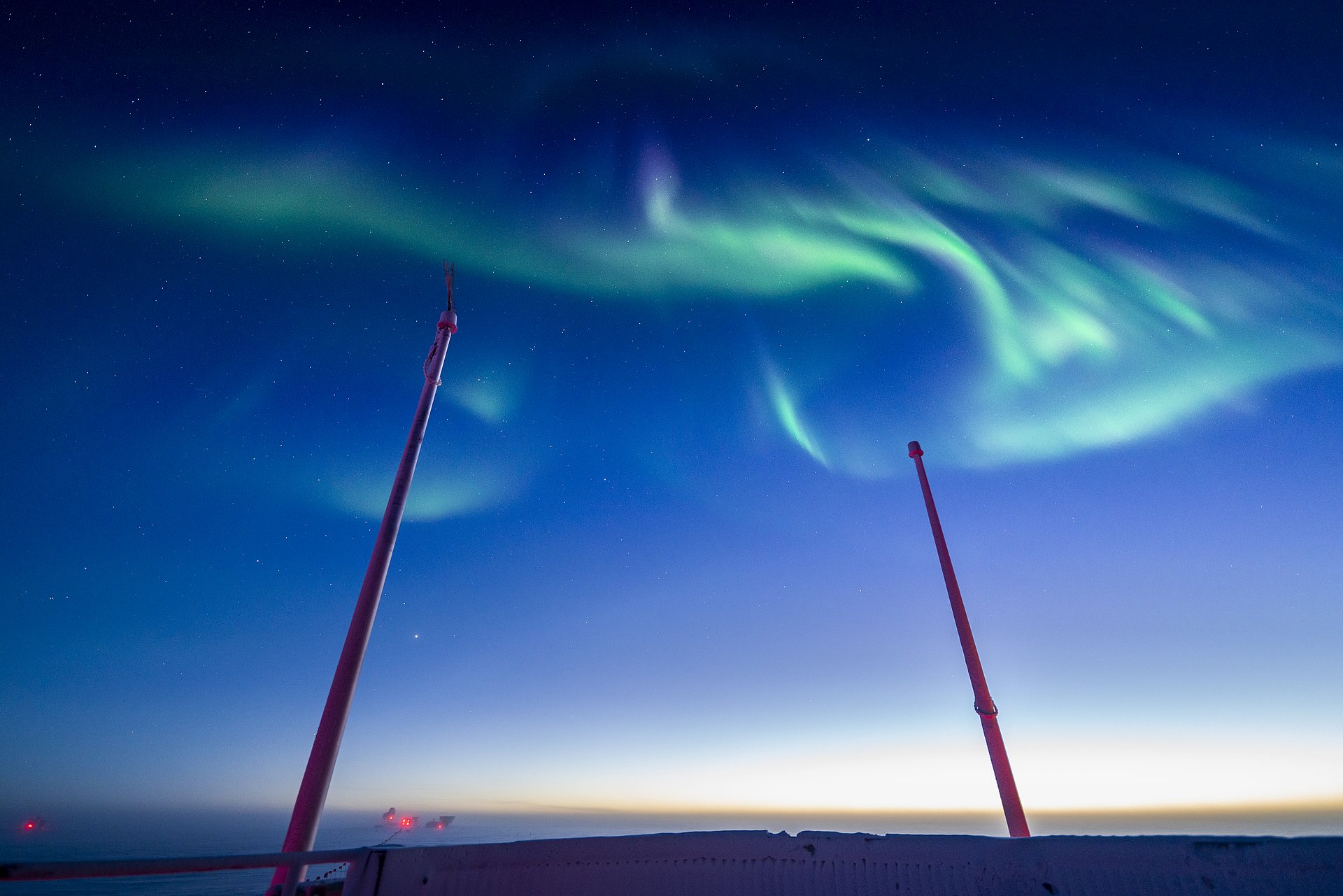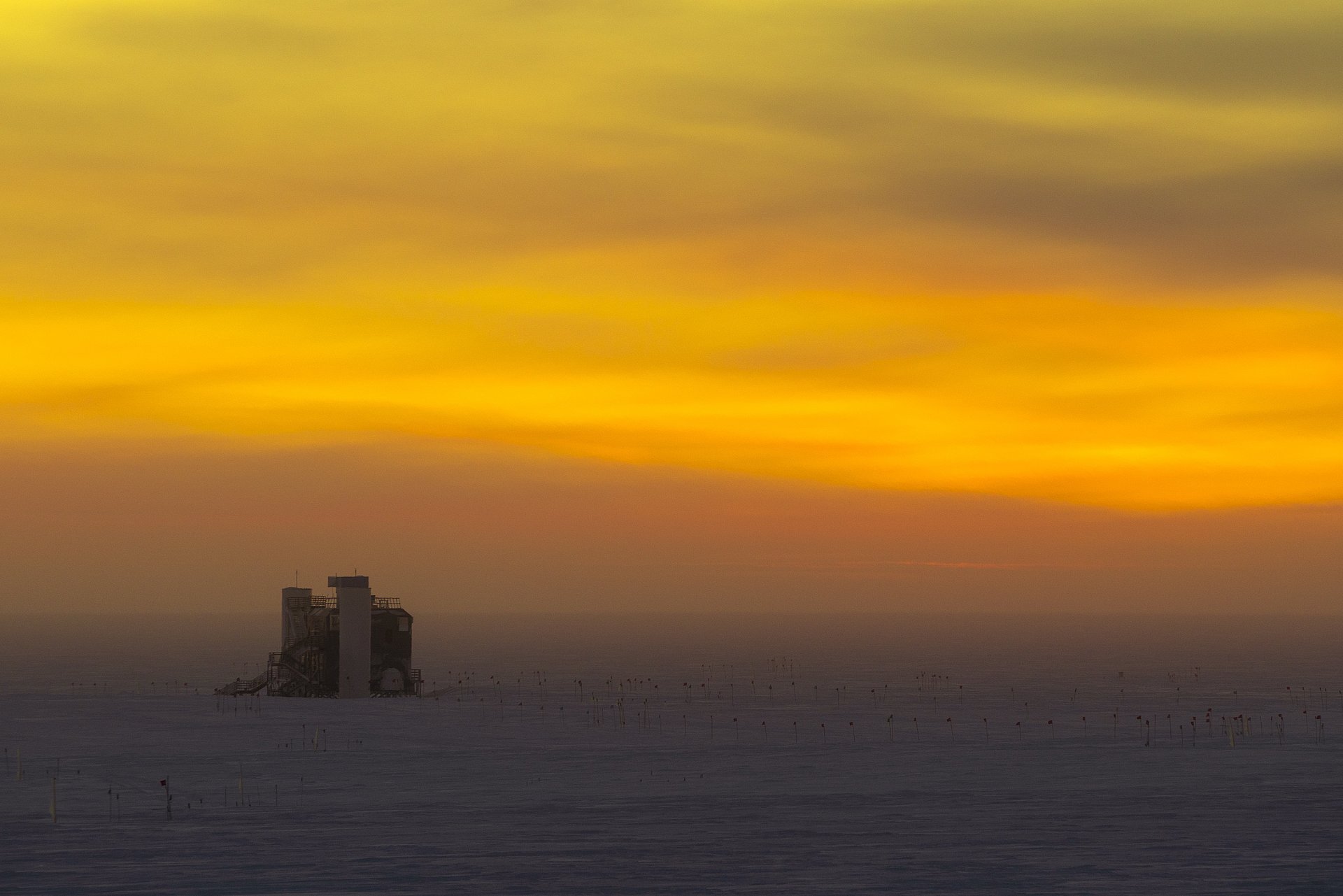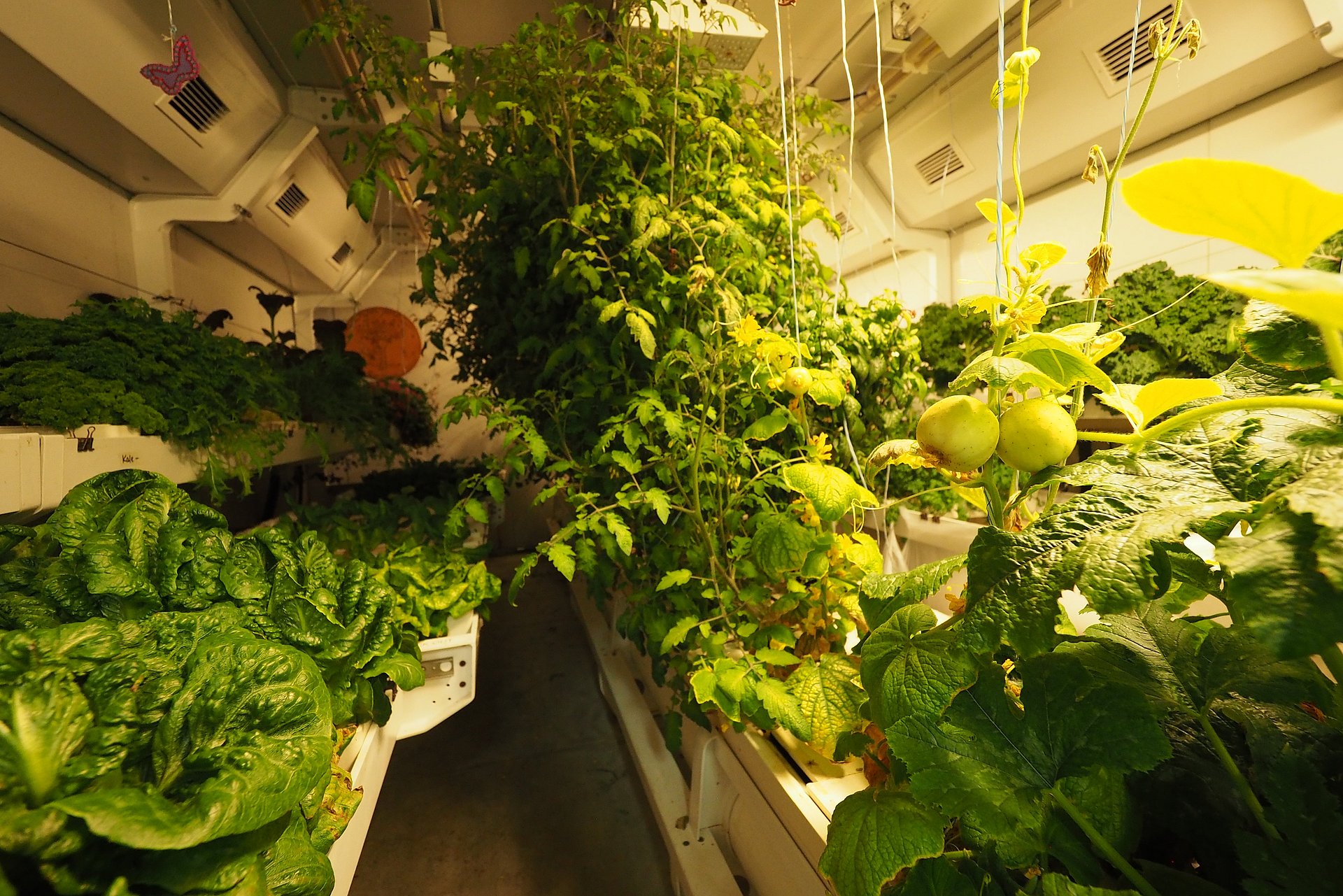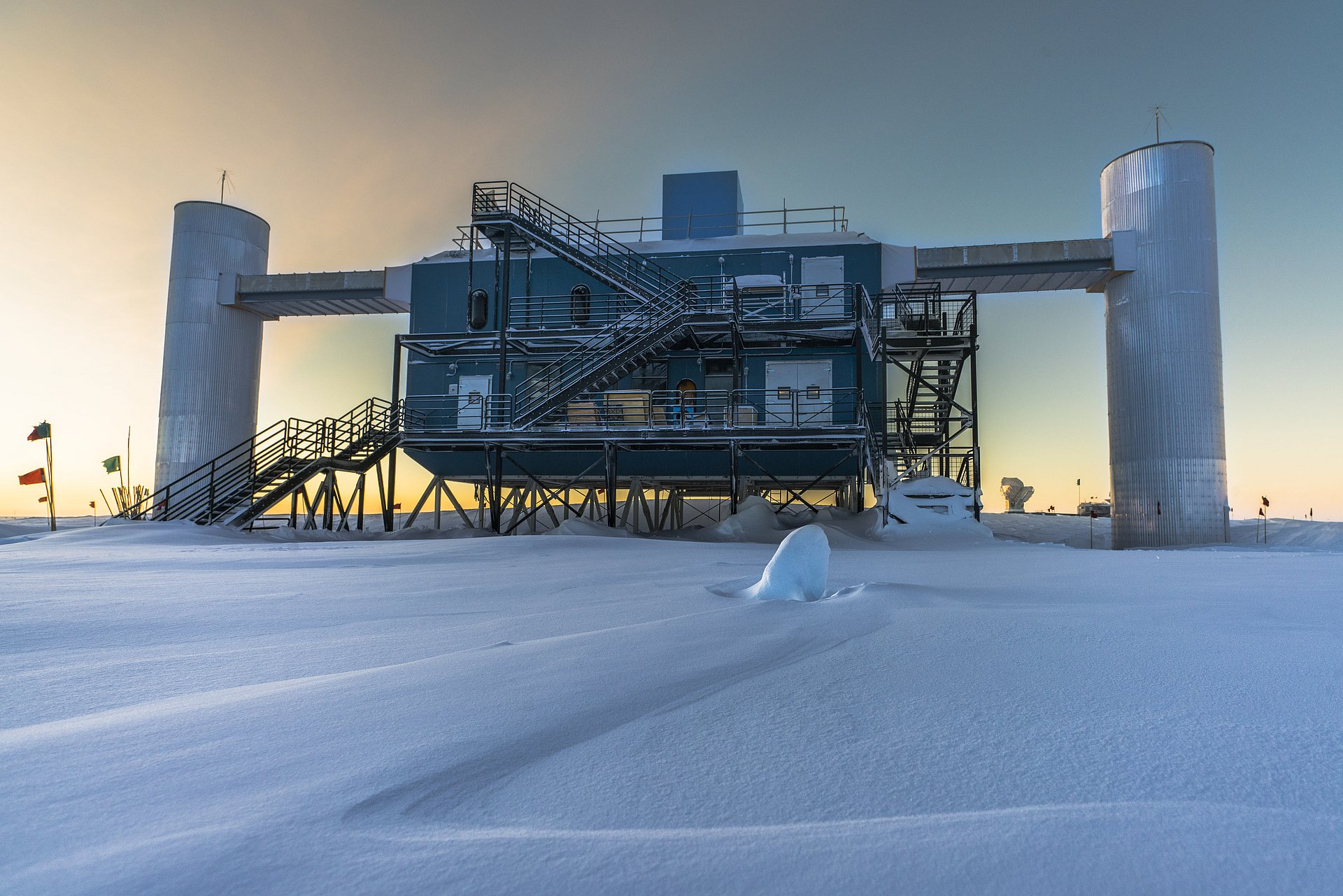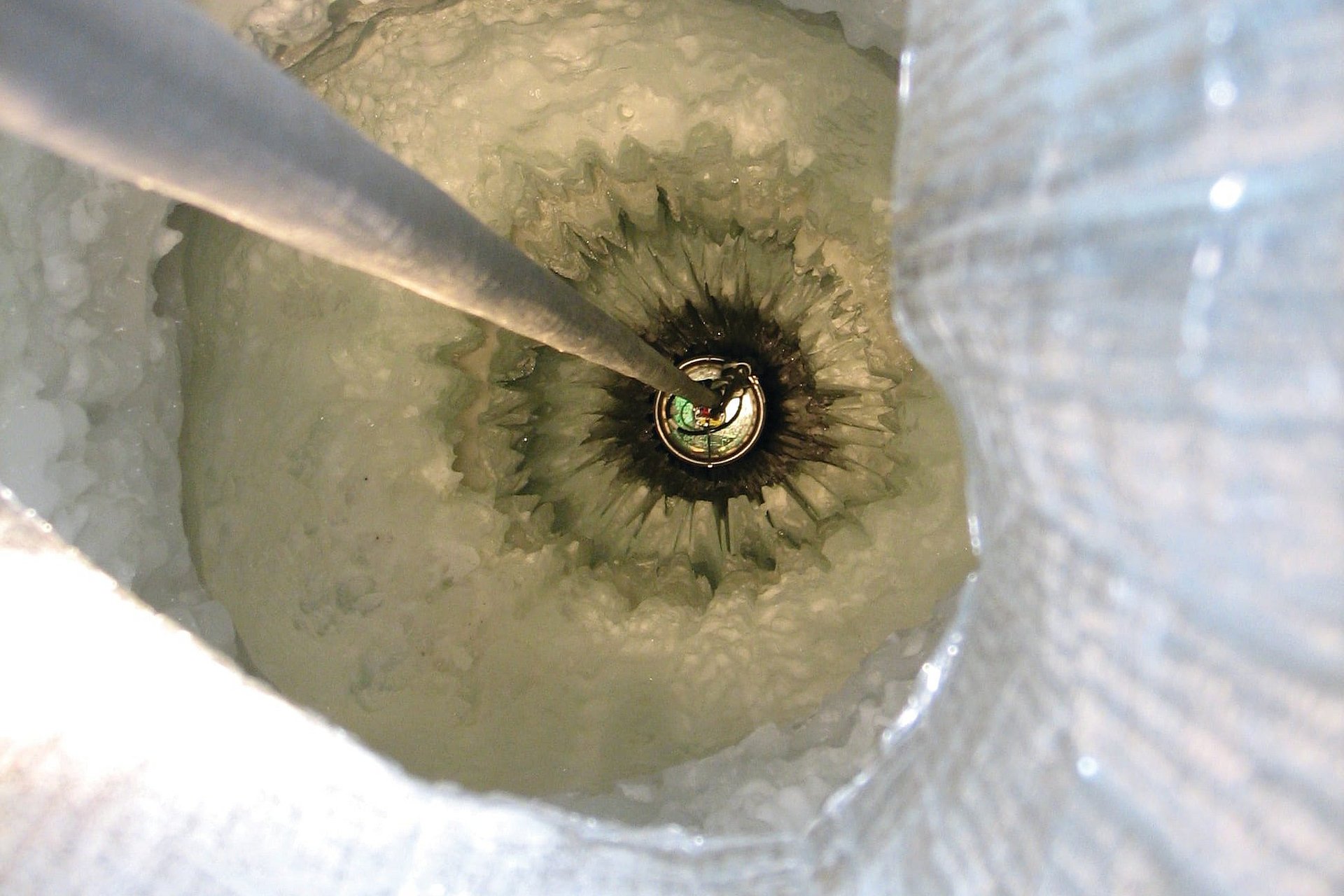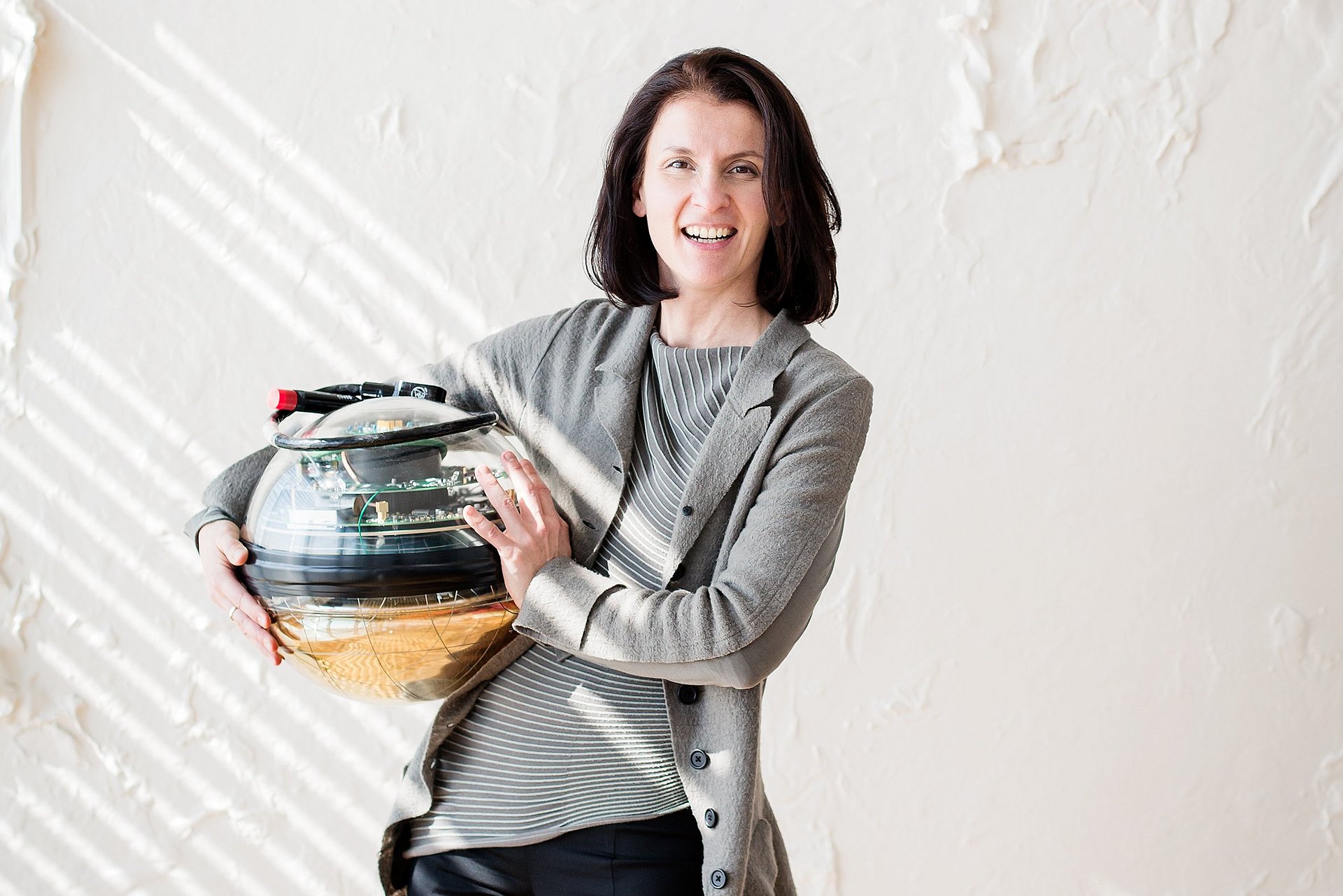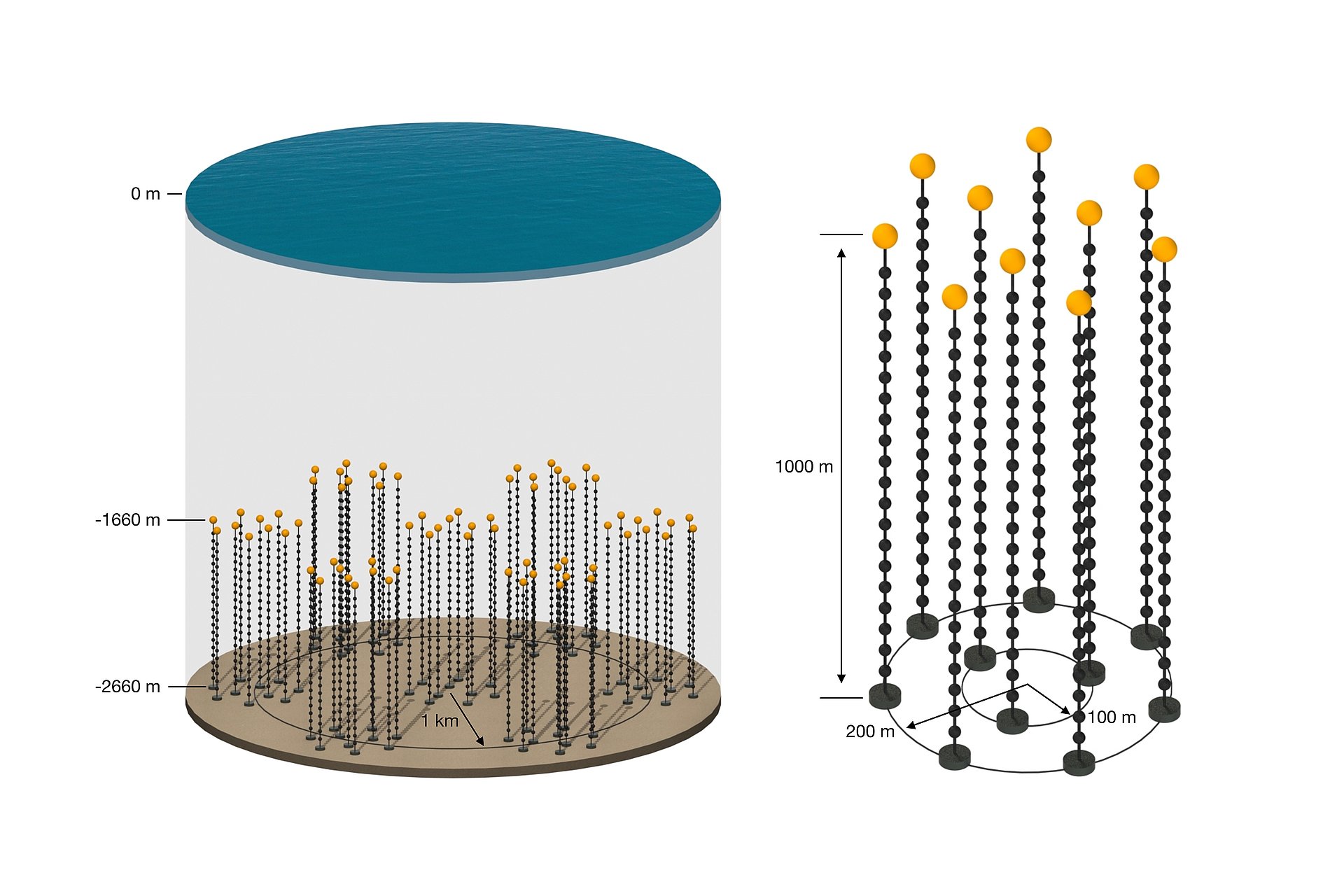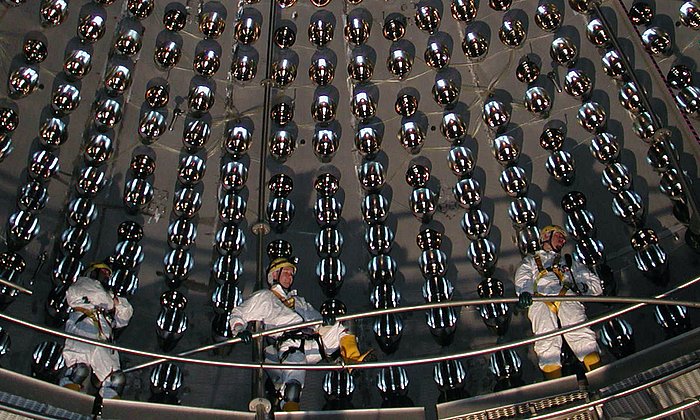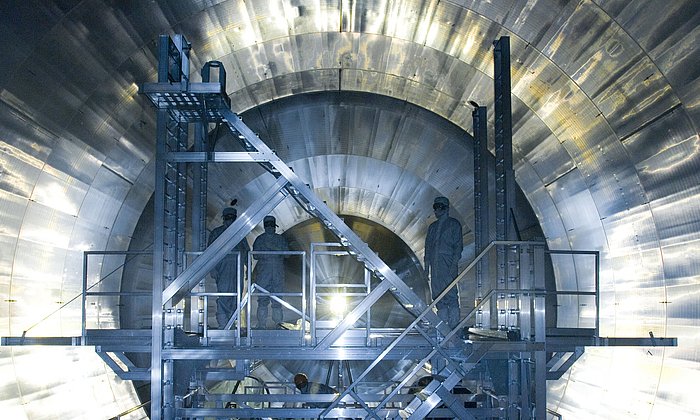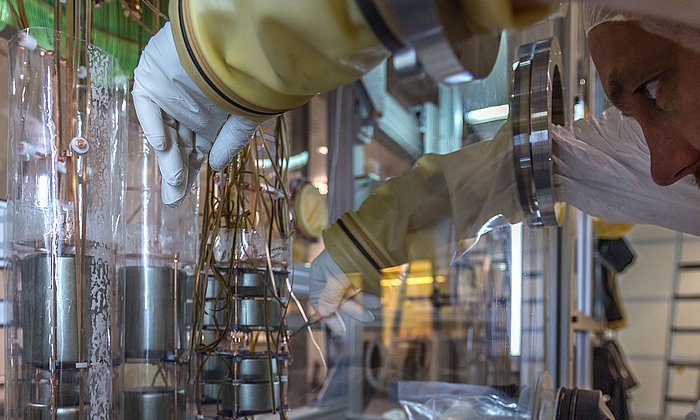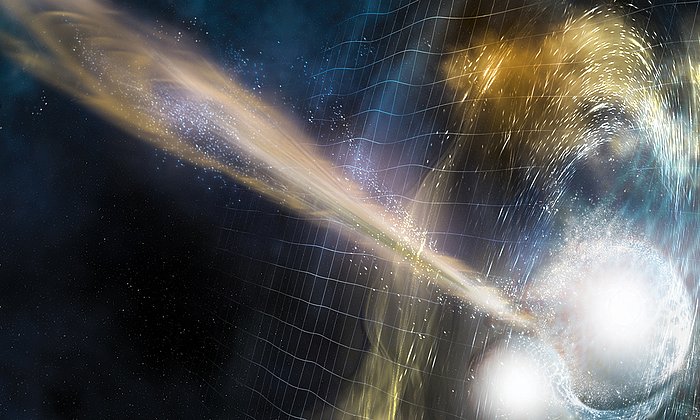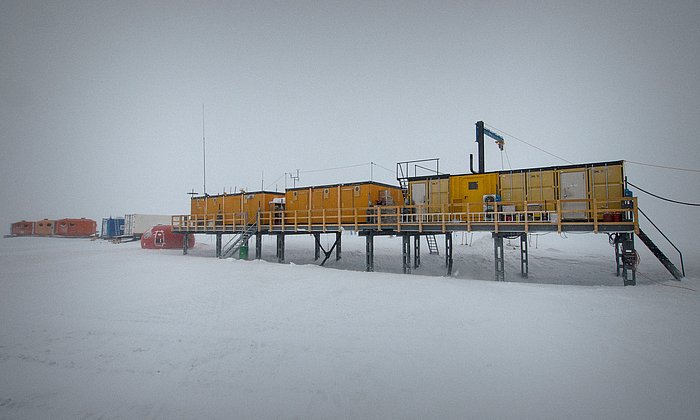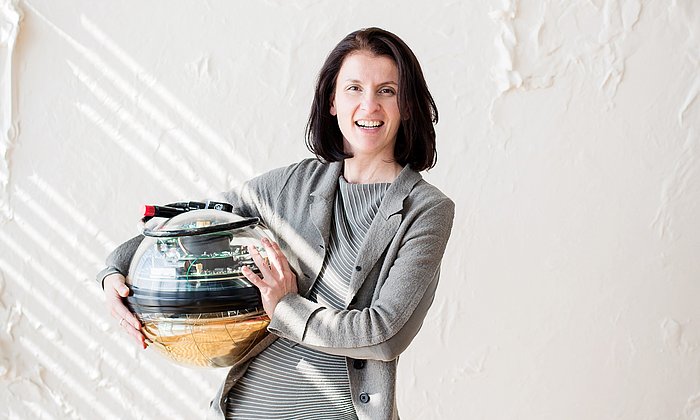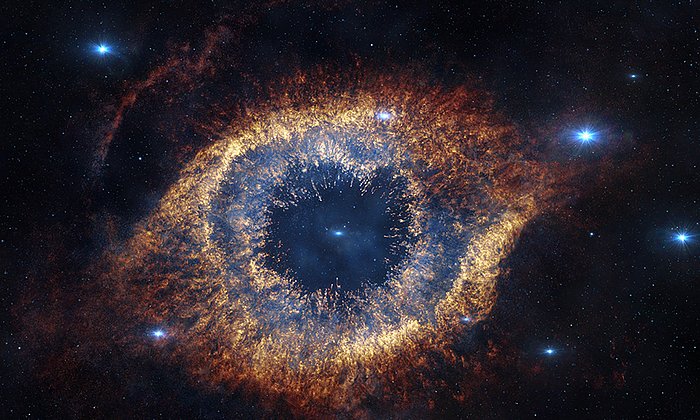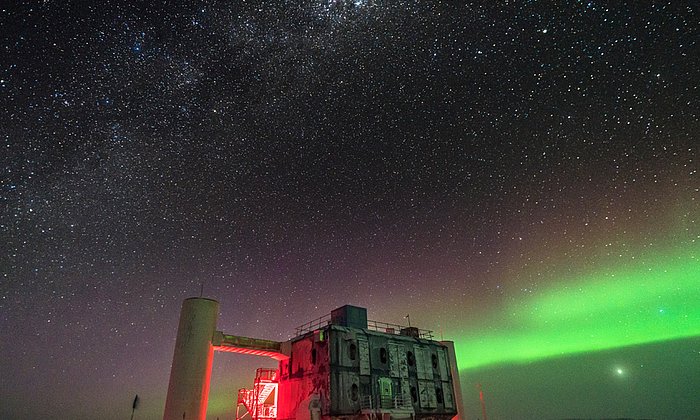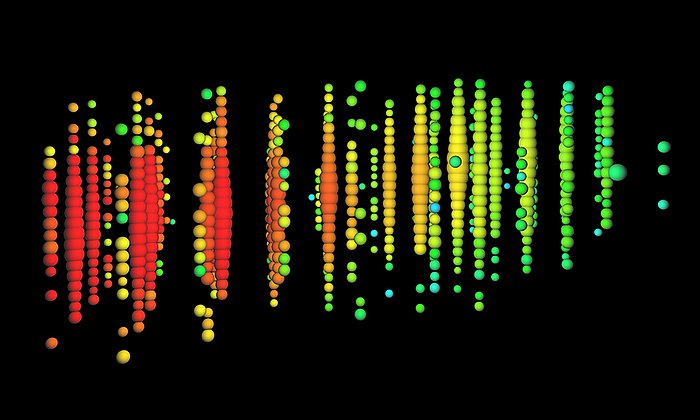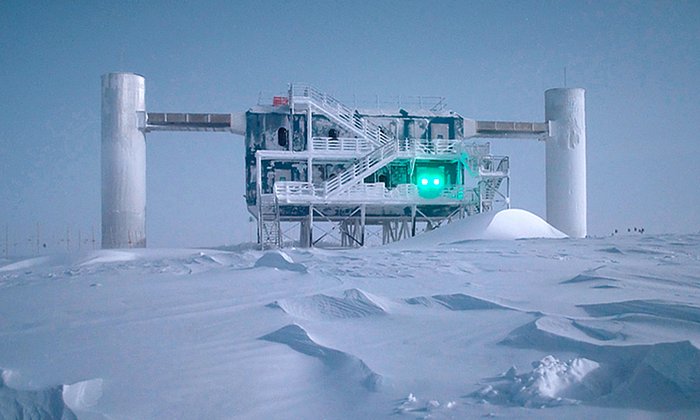An Antarctic journey with cosmic particle physicist Martin Wolf
Spending the winter at the South Pole
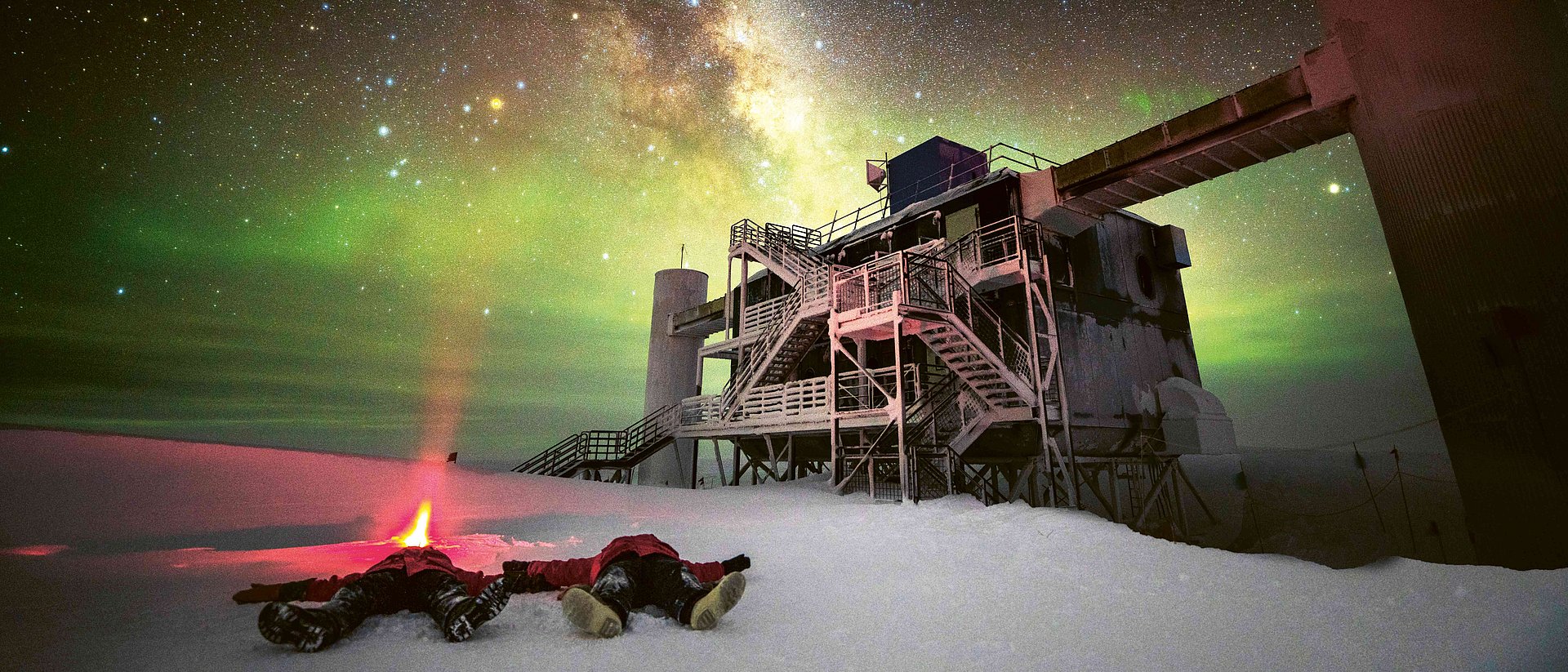
Now it’s June and I’m spending my days in what is surely the most isolated and inhospitable place in the world: the Amundsen-Scott South Pole Station at the Geographic South Pole. Since the sun went down in March and the Antarctic winter began, we’ve been cut off from the rest of the world. We won’t see an arriving aircraft or supply shipment until the end of October. Our contact with the outside world is limited to a few hours a day when satellites are passing over the South Pole, allowing us to exchange data.
My long way to the South Pole
38 people are spending the winter with me here: Scientists working on South Pole experiments, technicians, engineers and the kitchen and cleaning staff – the people responsible for maintaining operations and supplies at the station.
The nearest inhabited location, the US research station on the coast at McMurdo Sound, is around 1600 kilometers away via the South Pole Overland Traverse. In the summer, our supply shipments take 40 days to reach us on this ice highway. On November 24, 2020 I was flown in from the McMurdo Station with the other South Pole "winterovers" on a small propeller plane. It took about 10 passenger flights over the summer to replace the team here at the pole.
Although this is the second time I’m spending a year at the Amundsen-Scott South Pole Station, many things were new on this journey – partly due to the Covid-19 pandemic: It took six weeks to get here, with stops in San Francisco, where I met up with the new winter team, and Christchurch, New Zealand. We had to quarantine again at each location. We also had a Covid routine at the South Pole: Every time a new group landed, the station went into “Phase Yellow”. This meant wearing masks and practicing social distancing. We’re glad that we were able to prevent the virus from reaching the pole.
Our work at the IceCube lab
My fellow physicist Josh Veitch-Michaelis and I take care of the operation of the IceCube detector. This huge telescope looks for the almost massless subatomic particles known as neutrinos. These high-energy astronomical messengers provide information to study the most violent astrophysical sources: events like exploding stars, gamma-ray bursts, and cataclysmic phenomena involving black holes and neutron stars.
Only two media can help us to see neutrinos: ice or water. Consequently, the IceCube telescope is embedded deep in the South Pole ice. The detector begins about 1500 meters below the ice surface and extends to a depth of 2500 meters. A cubic kilometer of ice is provided with 5160 photosensors capable of detecting tracks created by collisions between neutrinos and ice molecules.
My colleague Josh and I are responsible for keeping the detector running smoothly. An information system connects us to the IceCube lab about 800 meters from the station. An error message often means that we have to brave the cold and cross over to the lab. For the winter, the path is marked by flags so that we can find the way with headlamps even in the dark. Luckily the telescope is very stable so that problems don’t happen very often. We spend most of our time on routine maintenance tasks and scheduled updates.
Impressions from our life at the South Pole
A winter without any sun light
Of course it’s always cold at the South Pole, but from mid-March it was obvious that the winter was approaching: The sun was getting lower every day and the temperature was dropping. Compared to minus 20°C in the summer, in the winter it can go as low as minus 70°C. On March 25, the big moment arrived: sunset! The weather and visibility were good, so we were able to watch the sun disappearing below the horizon and the sky above it turning green. This was followed by twilight, which lasted not hours, but weeks. The light gradually faded until the last rays vanished above the horizon. For months it will now be truly dark – and cold.
During this time, team building is very important to us. The community organizes movie screenings, game nights and lecture series. Emergency training is also scheduled. Holidays are very special occasions. On Christmas, our cook created a fantastic menu, including vegetables and greens from our greenhouse and 14 different desserts. To give our catering team a day off, the rest of us take regular turns in the kitchen on Sundays. A New Year’s tradition at the station is a little ceremony to position the new benchmark for the surveyed geographical South Pole. Because the ice moves about 10 meters towards the sea each year, the benchmark is repositioned at the correct location on New Year’s Day. In the first week of January, a marathon takes place. The course winds back and forth around the station and all of the sights at the South Pole. This year’s winner completed the route in four and a half hours. For an amateur this is a very respectable time if you bear in mind that we’re running through soft snow at an altitude of 3000 meters. The prize for the winner: extra time in the shower.
Although there is no sun for months during the Antarctic winter, we sometimes see light. We recently had a clear sky and the stars and auroras were so bright that Josh and I didn’t need our headlamps on the way to the IceCube lab. On the way back, we lay in the snow and looked up at the stars and the Milky Way – one of those very special moments that it’s worth coming here for!
Why do research at the South Pole? To detect messengers from space!
- Martin Wolf' s blog ‚Life at the Pole‘.
- The Collaborative Research Center 1258 is funded by the German Research Foun-dation (DFG).
- The ORIGINS Cluster of Excellence is funded by the German Research Foundation (DFG) as part of the Excellence Strategy of the Federal Government and the Länder - EXC-2094 – 390783311.
Technical University of Munich
Corporate Communications Center
- Martin Wolf / Petra Riedel / Lisa Pietrzyk
- lisa.pietrzyk@tum.de
- presse@tum.de
- Teamwebsite
